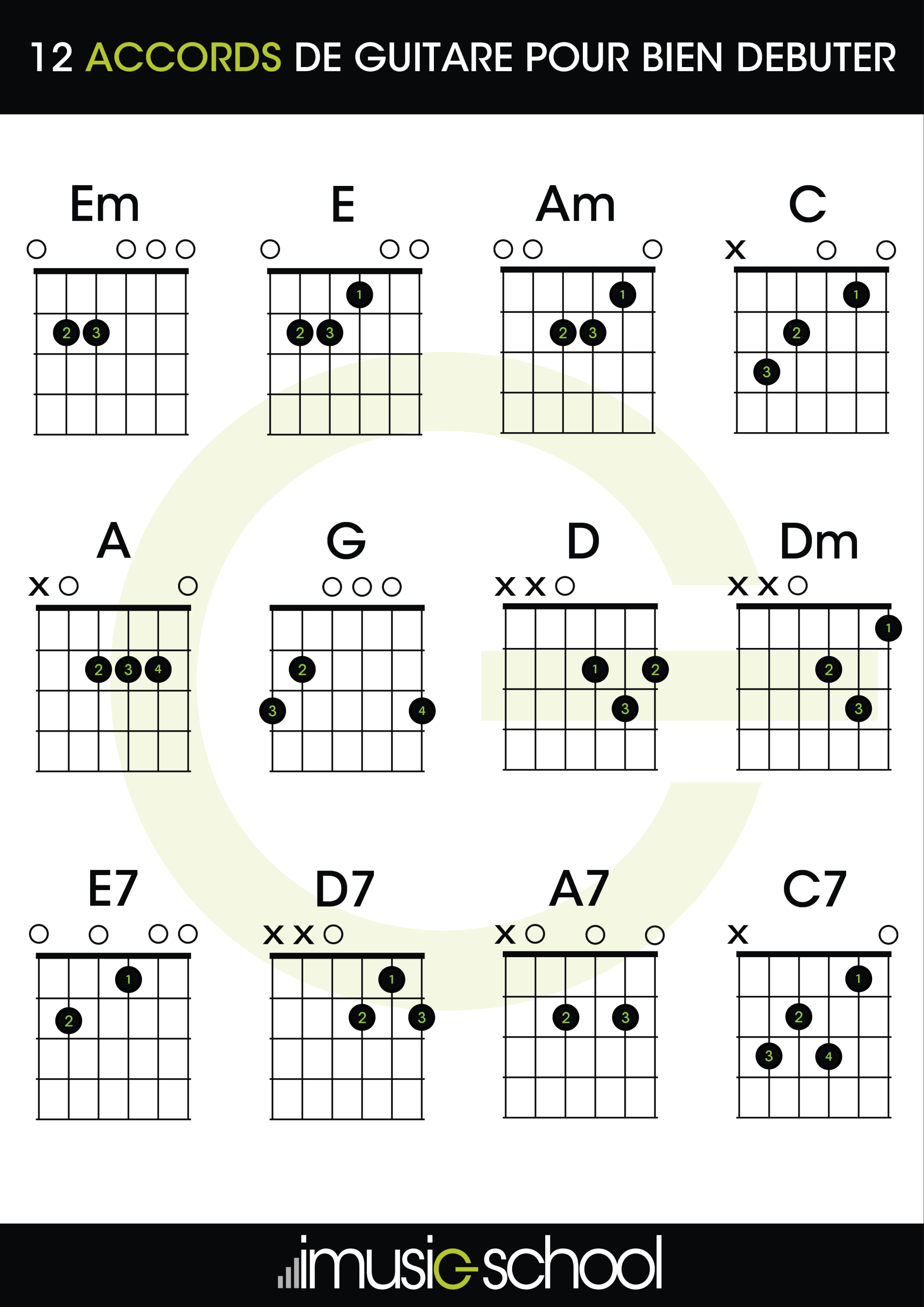Guitar Chords: Your Friendly Guide to Making Music Happen
So, you’ve got a guitar. Maybe it’s dusty, maybe it’s brand new, but you’re itching to make some music. Awesome! But where do you start? Well, chords are your best friend. They’re the building blocks of pretty much every song you’ve ever heard. Think of them as musical Lego bricks – you put them together in different ways, and boom, you’ve got a tune.
Let’s dive into the basics, no fancy music theory jargon, just plain talk.
What Exactly is a Chord?
Basically, a chord is when you play two or more notes together at the same time. It’s that warm, full sound you get when you strum a few strings. Most chords are made up of three notes, which we call a triad. These notes have a special relationship with each other, creating that harmonious sound we love.
The Major Chords: Your Musical Staples

If you’re just starting out, you’ll want to get comfy with the major chords. These are the happy, bright-sounding chords. Think of them as the sunshine of the guitar world. The most common ones are:
A Major (A): This chord has a warm, full sound. You’ll often find it in country and rock songs.
The Minor Chords: Adding Some Mood
Now, for a bit of moodiness, we’ve got the minor chords. These are the sadder, more introspective chords. They add depth and emotion to your playing. Some of the most common ones are:
A Minor (Am): This one’s got a melancholic, almost haunting sound.
How to Read Chord Diagrams
Okay, so you’ve seen those funny little diagrams with lines and dots, right? Those are chord diagrams, and they’re your best friend when learning new chords. Here’s the lowdown:
The vertical lines represent the strings of your guitar. The thickest line on the left is the thickest string (the low E string), and the thinnest line on the right is the thinnest string (the high E string).
Tips for Learning Chords
Learning chords takes time and patience, but it’s totally doable. Here are a few tips to help you along the way:
Start Slow: Don’t try to learn everything at once. Pick a few chords and focus on getting them clean and clear.
Power Chords: Rock and Roll Essentials
For those who want to rock out, power chords are your go-to. They’re simple, powerful, and used in countless rock and metal songs. Power chords only use two or three notes, so they’re relatively easy to learn.
Barre Chords: The Next Level
Barre chords might seem intimidating at first, but they’re essential for playing a wide range of songs. They involve using your index finger to press down multiple strings at the same time, essentially creating a movable chord shape. once you learn a barre chord shape you can move it up and down the neck of the guitar to play many different chords.
Chord Progressions: Putting it All Together
Once you know a few chords, you can start putting them together to create chord progressions. These are the sequences of chords that make up the backbone of a song. Experiment with different chord combinations and see what sounds good to you.
Conclusion
Learning guitar chords is a journey, not a race. It takes time, patience, and a whole lot of practice. But trust me, the feeling of playing your first song is totally worth it. So, grab your guitar, start strumming, and have fun! Remember, every famous guitarist started somewhere, and that somewhere was with the basic chords. With consistent effort and a love for the music, you’ll be playing your favorite songs in no time. Keep experimenting, keep practicing, and most importantly, keep enjoying the process of making music.

